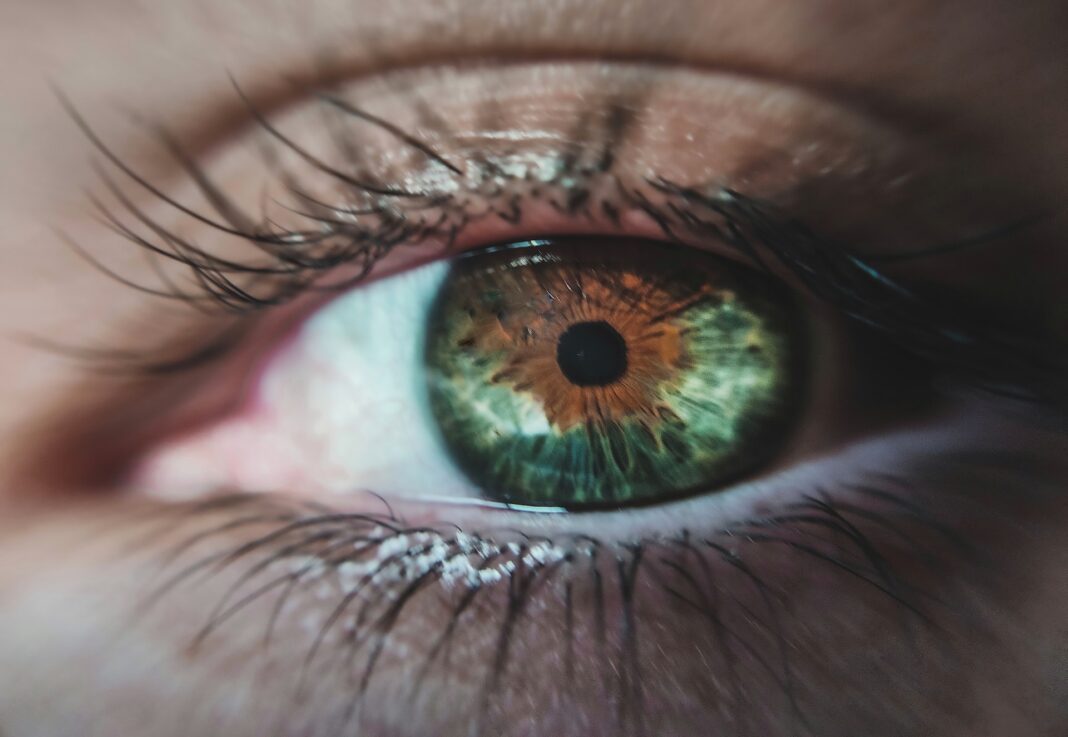Cataract surgery has undergone significant advancements over the years, evolving from traditional methods to the incorporation of cutting-edge laser technology. This blog will explore the differences between traditional and laser cataract surgery, examining their techniques, benefits, risks, and outcomes. By delving into the latest research and expert opinions, we aim to provide a comprehensive analysis to help patients make informed decisions about their cataract treatment options.
Traditional Cataract Surgery
Traditional cataract surgery, also known as phacoemulsification, is a procedure used to treat cataracts that cloud the natural lens inside the eye. This cloudiness can lead to decreased vision and, if left untreated, blindness. The traditional cataract surgery technique has been the standard and most commonly performed method for cataract removal for decades. The procedure involves:
- Preparation: Before the surgery, the patient’s eye is numbed with topical or local anesthesia to ensure comfort throughout the procedure. The area around the eye is cleaned, and a sterile drape may be applied. A small device called an eyelid speculum is used to keep the eyelids open.
- Corneal Incision: The surgeon makes a small incision at the edge of the cornea, the clear, dome-shaped surface that covers the front of the eye. This incision is usually about 2-3 millimeters in length.
- Capsulorhexis: Through the corneal incision, the surgeon creates an opening in the front of the lens capsule, a thin membrane enclosing the lens. This is often done with a small needle or forceps in a procedure known as capsulorhexis.
- Phacoemulsification: A small probe is inserted into the lens substance through the opening. This probe emits ultrasound waves (vibrations) to break up (emulsify) the cloudy lens into tiny pieces. These pieces are then suctioned out of the eye through the probe.
- Intraocular Lens (IOL) Implantation: Once the cloudy lens has been removed, a clear, artificial lens called an intraocular lens (IOL) is inserted into the lens capsule. This lens helps to focus light on the retina, restoring clear vision. The IOL can be tailored to the patient’s vision needs, including correction for nearsightedness, farsightedness, astigmatism, or presbyopia.
- Closure: The corneal incision is so small that it often does not require sutures to close. It is self-sealing, allowing for faster healing and reducing the risk of infection.
Advantages of Traditional Cataract Surgery
- Proven Track Record: Decades of successful outcomes have established phacoemulsification as a reliable and effective method for treating cataracts.
- Cost-Effectiveness: Traditional surgery is generally less expensive than laser-assisted procedures, making it a more accessible option for a broader range of patients.
- Widespread Availability: Most ophthalmologists are trained and experienced in performing traditional cataract surgery, ensuring availability to patients worldwide.
Potential Drawbacks
- Manual Precision Required: The success of the surgery heavily relies on the surgeon’s skill and experience, particularly in making the incision and breaking up the lens.
- Risk of Complications: Though low, there is a risk of complications such as infection, bleeding, and post-operative astigmatism due to the manual nature of the procedure.
Laser-Assisted Cataract Surgery
Laser-assisted cataract surgery, also known as Femtosecond Laser-Assisted Cataract Surgery (FLACS), is a modern approach to cataract removal that uses a femtosecond laser to perform key steps of the surgery with high precision. The procedure involves:
- Preoperative Imaging: High-resolution images of the eye are taken to map out the surgery plan.
- Corneal Incision: The laser precisely creates an incision in the cornea.
- Anterior Capsulotomy: The laser makes a circular opening in the lens capsule for accessing the cataract.
- Lens Fragmentation: The laser softens and breaks the cataract into smaller pieces, facilitating easier removal.
- Phacoemulsification: A device is used to suction out the fragmented lens.
- Intraocular Lens Implantation: A synthetic lens is inserted into the lens capsule.
- Wound Sealing: The corneal incision self-seals without sutures.
Advantages of Laser-Assisted Cataract Surgery
- Enhanced Precision: The laser offers unparalleled accuracy in making incisions and fragmenting the lens, potentially reducing the risk of complications.
- Reduced Energy Use: Laser pre-treatment can soften the lens, allowing for less ultrasound energy during lens removal, which may lead to quicker recovery times.
- Customization and Correction: The technology enables surgeons to customize the procedure to the patient’s specific eye anatomy and correct certain types of astigmatism, potentially improving visual outcomes.
Potential Drawbacks
- Higher Costs: The advanced technology and equipment make laser-assisted surgery more expensive than traditional methods.
- Availability: Not all surgical centers have access to the necessary laser equipment, which may limit availability for some patients.
Comparing Outcomes and Patient Satisfaction
Studies comparing the outcomes of traditional and laser-assisted cataract surgery have shown that both methods are highly effective in restoring vision. However, laser-assisted surgery may offer a slight edge in precision and the potential for better visual outcomes, particularly in challenging cases or when correcting astigmatism.
Patient satisfaction tends to be high with both procedures, though some reports suggest that patients undergoing laser-assisted surgery may experience quicker visual recovery and fewer post-operative complaints.
Conclusion
Traditional and laser cataract surgery offers a safe and effective means of restoring vision for cataract patients. The choice between the two should be made based on a comprehensive evaluation of the patient’s specific condition, needs, and preferences in consultation with a skilled ophthalmologist. As the field of ophthalmology continues to evolve, patients can look forward to benefiting from even more advanced and refined treatment options.



